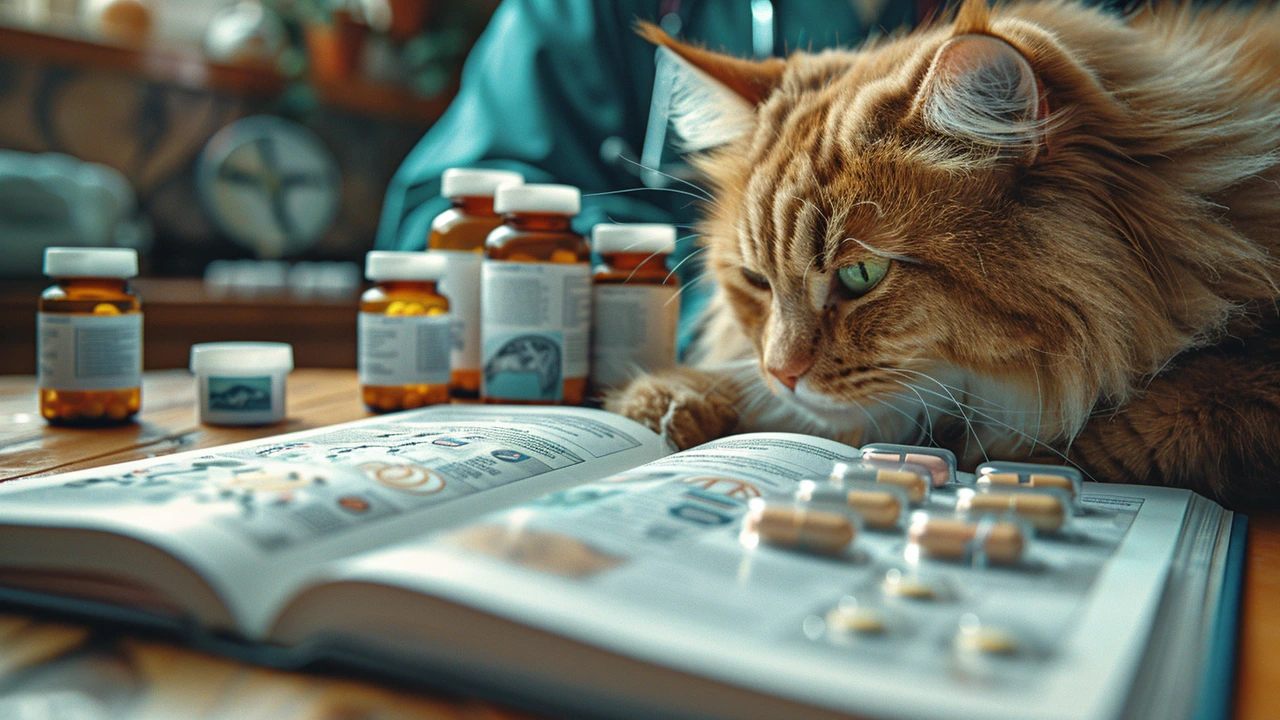Dosage: How to Read, Measure, and Follow Medication Doses
Dosage matters. The right amount of medicine makes it work; the wrong amount can cause harm. This page helps you understand common dose terms, how to measure medicines correctly, and simple rules to follow so you get the most benefit and the least risk.
Reading and measuring doses
Start with the label. Look for the active dose (like 500 mg or 20 mcg), frequency (once daily, twice daily), and route (by mouth, inhaled, topical). Units you’ll see most often are mg (milligrams), mcg or µg (micrograms), mL (milliliters) for liquids, and IU (international units) for some injections and vitamins.
For pills, match the pill size and imprint to the label or your pharmacy printout. For liquids, use the syringe or cup that came with the medicine — kitchen teaspoons are not accurate. If your pharmacy didn’t give a measuring device, ask for one. For injections or insulin, only use approved syringes and follow training from a nurse or pharmacist.
Common rules and safety tips
Always follow the prescriber’s directions. If a label says "take with food" or "take on an empty stomach," that affects how well the drug works or how likely you are to get side effects. Don’t split or crush tablets unless the label, your pharmacist, or your doctor says it’s safe — many extended-release or coated pills must be swallowed whole.
Missed dose? If you remember within a short time, take it. If it’s almost time for your next dose, skip the missed one — don’t double up. For exact rules check the leaflet or ask your provider, because timing can matter a lot for certain meds.
Kids and weight-based dosing: Many pediatric doses are calculated by weight (mg/kg). Never guess — give doses measured in mL using the provided syringe and confirm calculations with your pediatrician or pharmacist.
Adjustments are common. Older adults, people with kidney or liver problems, and those taking many drugs may need lower doses. Always tell your prescriber about other medicines, supplements, and herbal products you use — interactions can change how much drug you should take.
Watch for overdose signs: extreme drowsiness, trouble breathing, severe nausea or vomiting, fainting, or seizures. If you suspect an overdose, call emergency services or your local poison control center right away.
Storage and organization help you stick to the right dose. Keep meds in their original containers with labels, store them at the recommended temperature, and use a pillbox or alarm to track daily doses. Dispose of expired or unwanted meds safely — pharmacies often run take-back programs.
If anything about a dose confuses you — wording on the bottle, how to measure, or what to do if side effects start — call your pharmacy or prescriber. Small questions now can prevent big problems later, and a quick check often clears up doubts fast.
Cartidin Explained: Uses, Dosage, Side Effects & Buying Guide
A deep dive into Cartidin - what it does, how to take it, safety tips and where to get it in Australia. All the facts you need to use this antihistamine confidently.
Complete Guide to Levamisole Dosage and Safe Administration
This article provides a detailed guide on levamisole dosage and administration, touching on its uses for both humans and animals. It offers practical tips and interesting facts to ensure safe and effective use, making it a helpful resource for medical professionals and pet owners alike.
A Patient's Guide to Taking Prasugrel: Dosage, Storage, and More
As a patient, it's essential to understand how to take Prasugrel correctly. This medication is typically prescribed to prevent blood clots, but its effectiveness depends on the proper dosage and storage. To ensure the best results, follow your doctor's instructions for dosage, which usually depends on your medical condition and response to the treatment. Additionally, store Prasugrel at room temperature away from light and moisture, and never share your medication with others, as it's tailored to your specific needs. Remember, always consult your healthcare provider if you have any questions or concerns about taking Prasugrel.



